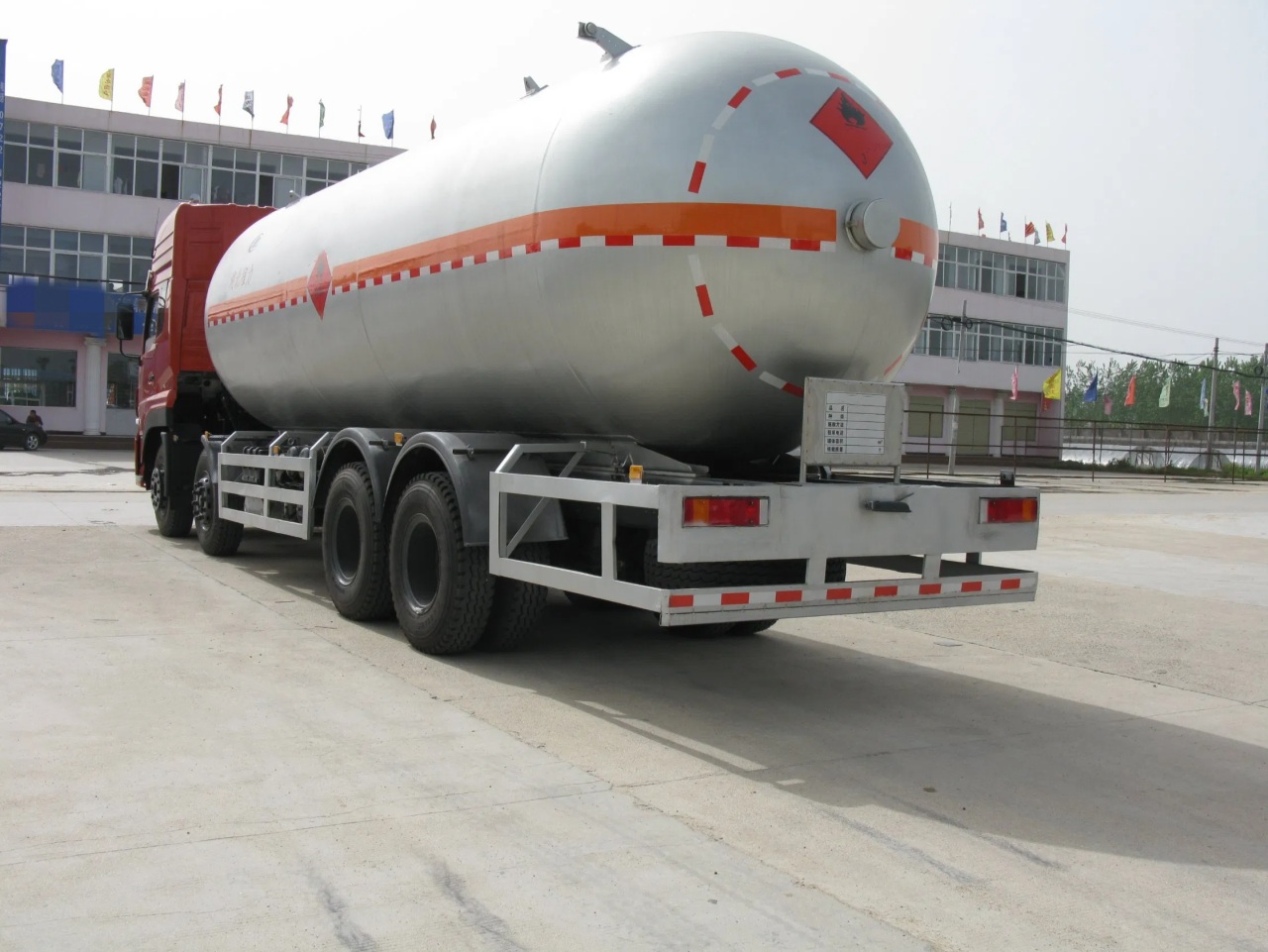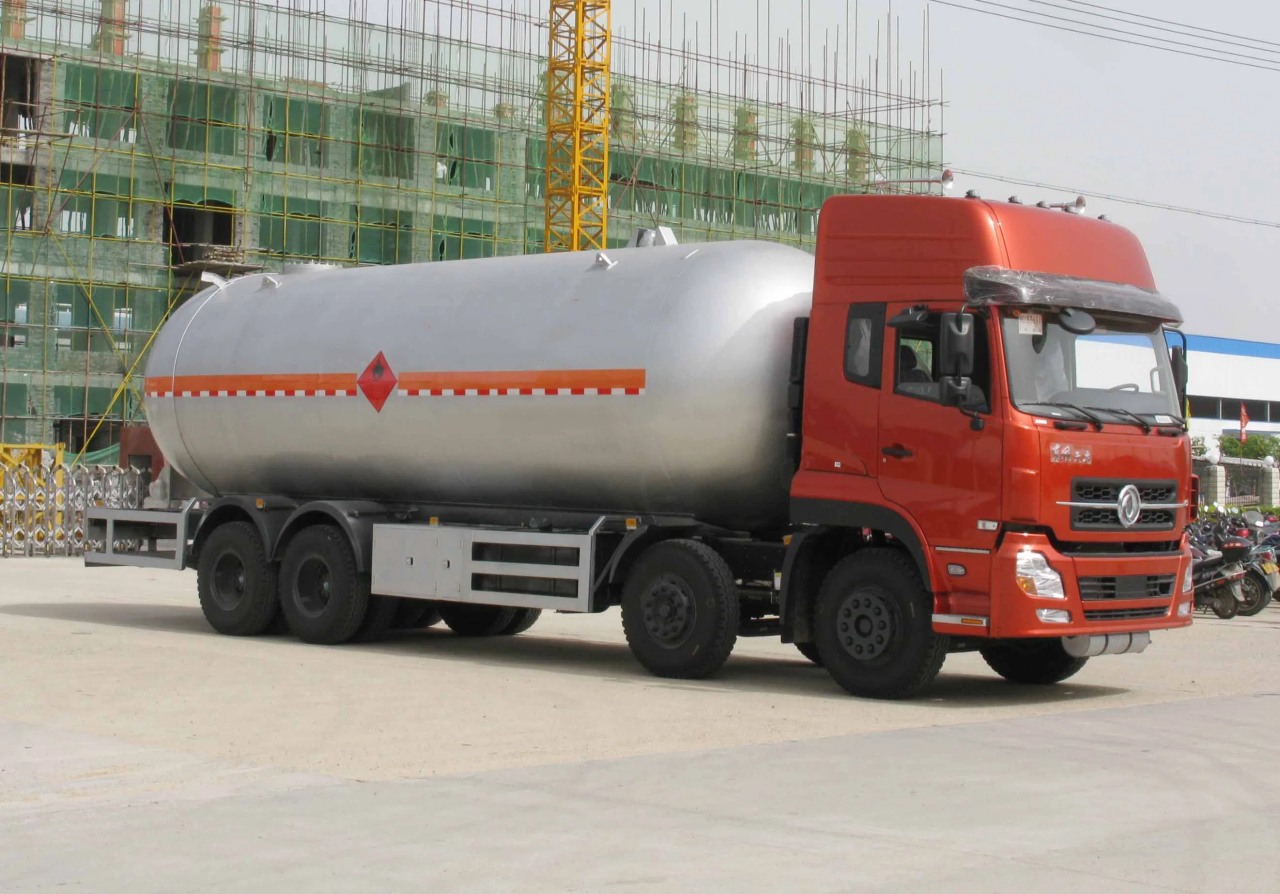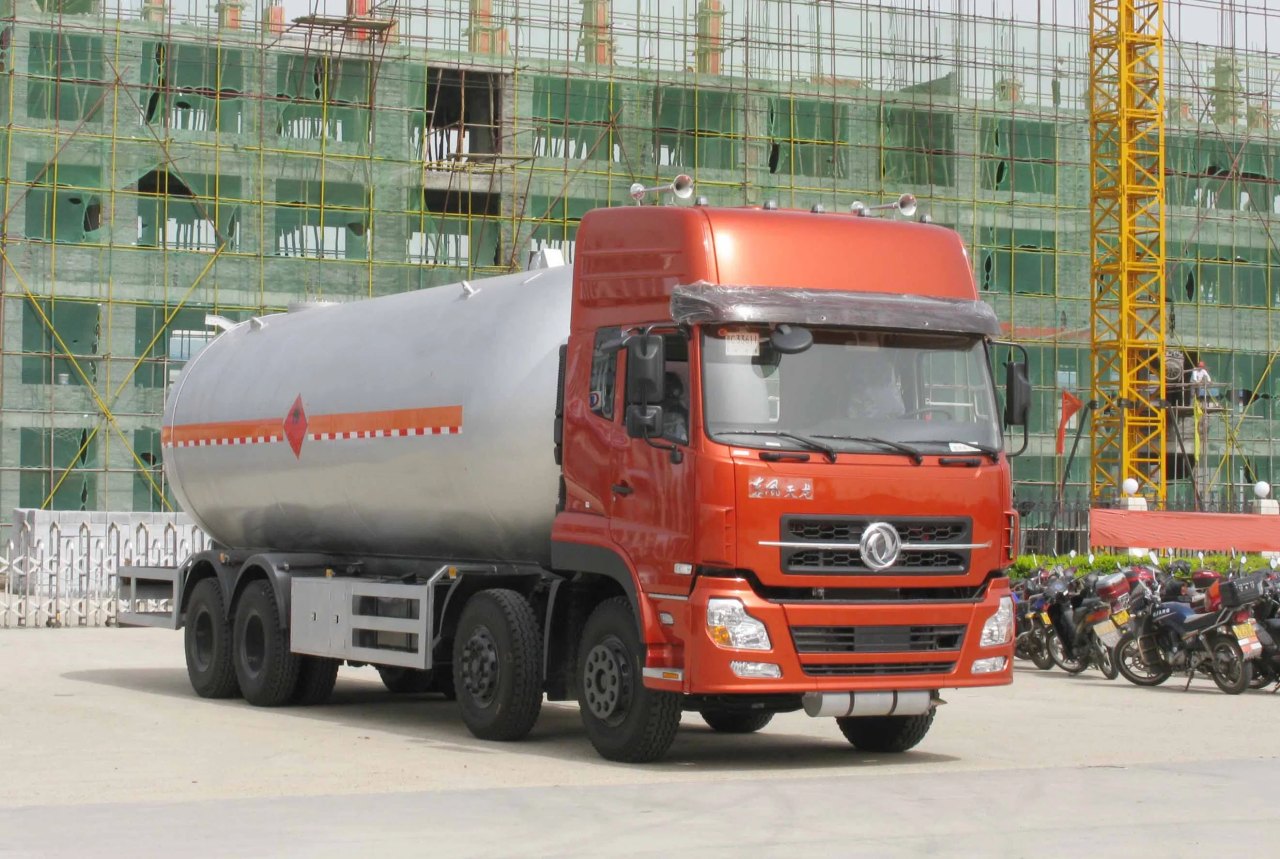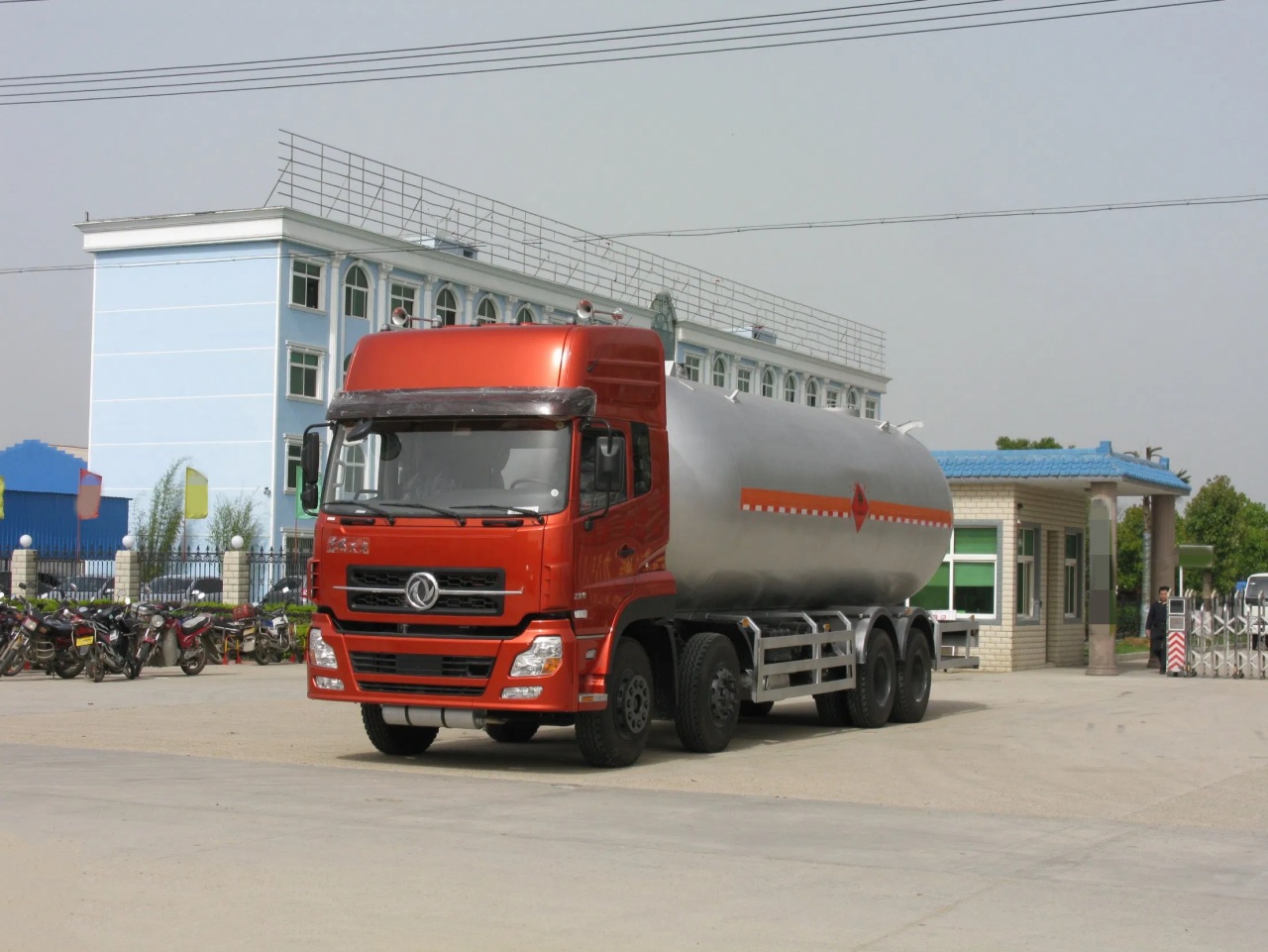Liquefied Petroleum Gas (LPG) is a versatile fuel used across a wide range of industries and household applications. From cooking and heating to fueling vehicles and powering industrial equipment, LPG plays a vital role in daily life and modern economies. However, not all LPG is the same. There are 2 main types of LPG—propane and butane—each with distinct chemical properties, applications, and handling requirements.
Understanding the differences between these 2 types is essential for ensuring safe and efficient use, whether you are managing an industrial operation or simply cooking a meal at home. In this article, we’ll explore what propane and butane are, how they differ, where they are used, and why choosing the right type of LPG matters.
What is LPG?
Before diving into the 2 types, it’s important to understand what LPG itself is. LPG is a hydrocarbon gas that is liquefied through pressurization. It is derived from either crude oil refining or natural gas processing, and is stored and transported in liquid form but used as a gas.
LPG is commonly used as:
- Cooking gas in households and restaurants
- Fuel for heating and hot water systems
- Fuel for vehicles (Autogas)
- Energy source in industrial processes
- Power for off-grid electricity generation
Now, let’s take a closer look at the two types of LPG: propane and butane.
Type 1: Propane (C₃H₈)
Chemical and Physical Properties
Propane is a three-carbon alkane gas with the chemical formula C₃H₈. It is colorless and odorless in its natural state, though an odorant (typically ethyl mercaptan) is added for leak detection. Propane is stored as a liquid under pressure and turns into a gas when released into the atmosphere.
Key properties of propane include:
- Boiling point: –42°C (–44°F)
- Energy content: ~25 MJ/L
- Vapor pressure at 21°C: ~8.4 bar (122 psi)
Because of its low boiling point, propane vaporizes easily even in cold temperatures, making it ideal for colder climates.
Common Uses
Propane is widely used in:
- Residential heating and cooking, especially in colder regions
- Barbecue grills and patio heaters
- Industrial applications like metal cutting and drying
- Autogas for vehicles
- Farming equipment and grain dryers
Propane is favored in outdoor and mobile applications because it can continue to vaporize and deliver consistent performance even in sub-zero temperatures.
Type 2: Butane (C₄H₁₀)
Chemical and Physical Properties
Butane is a four-carbon alkane gas with the chemical formula C₄H₁₀. Like propane, it is colorless and odorless until an odorant is added. Butane also liquefies under pressure and reverts to gas at atmospheric pressure.
Key properties of butane include:
- Boiling point: –0.5°C (31°F)
- Energy content: ~28 MJ/L (slightly higher than propane)
- Vapor pressure at 21°C: ~2.1 bar (30 psi)
Due to its higher boiling point, butane does not perform well in cold environments, as it fails to vaporize adequately in low temperatures.
Common Uses
Butane is commonly used in:
- Lighter fuel
- Portable gas stoves
- Indoor heating in mild climates
- Aerosol propellants
- Refrigerants and extraction processes
Butane’s relatively lower vapor pressure makes it safer for indoor and controlled environments, where temperature regulation is feasible.
Key Differences Between Propane and Butane
While both gases fall under the LPG umbrella and have similar uses, there are some important differences:
| Feature | Propane | Butane |
|---|---|---|
| Chemical formula | C₃H₈ | C₄H₁₀ |
| Boiling point | –42°C | –0.5°C |
| Vapor pressure | Higher (~8.4 bar at 21°C) | Lower (~2.1 bar at 21°C) |
| Performance in cold | Excellent | Poor |
| Energy content | Slightly lower | Slightly higher |
| Common uses | Outdoor heating, autogas, BBQs | Lighters, portable stoves |
| Storage convenience | Requires strong containers | Easier to store at lower pressure |
Mixed LPG: Propane-Butane Blends
In many regions, especially where temperature conditions vary, LPG is offered as a blend of propane and butane. This approach balances the benefits of both gases:
- Propane ensures vaporization in cold temperatures
- Butane contributes to higher energy density in warmer climates
The ratio of propane to butane in the blend can be adjusted seasonally or regionally. For example, in Europe, a higher propane content is used during winter, while more butane might be included during summer months.
Why the Type of LPG Matters
1. Performance in Weather Conditions
Choosing the right type of LPG is crucial based on your climate:
- In cold climates, propane is preferred due to its low boiling point and ability to vaporize in sub-zero conditions.
- In warmer areas, butane can be a more efficient and cost-effective option.
2. Appliance Compatibility
Some appliances are designed specifically for propane or butane. Using the wrong type may lead to poor performance or even safety issues. Always check the manufacturer’s guidelines before connecting an LPG cylinder to an appliance.
3. Storage and Transportation
Propane’s higher vapor pressure requires more robust storage tanks and fittings. Butane, on the other hand, is easier to store and transport due to its lower pressure requirements.
4. Safety
Both gases are highly flammable and must be handled with care. Butane, with its lower pressure, may pose slightly less risk in indoor environments. However, proper ventilation and adherence to safety standards are essential regardless of which gas is used.
Conclusion
While LPG is commonly referred to as a single type of fuel, it comes in 2 primary forms: propane and butane. Each has its unique properties, advantages, and suitable use cases. Propane’s ability to vaporize in cold conditions makes it the go-to choice for outdoor and colder applications, while butane is ideal for indoor use and warmer environments due to its higher energy content and lower pressure.
Choosing the correct type of LPG—whether pure or in a blended form—ensures not only optimal performance but also safety and efficiency in your operations or household needs. So the next time you pick up a gas bottle or fuel a heater, you’ll know exactly what’s inside and why it matters.





